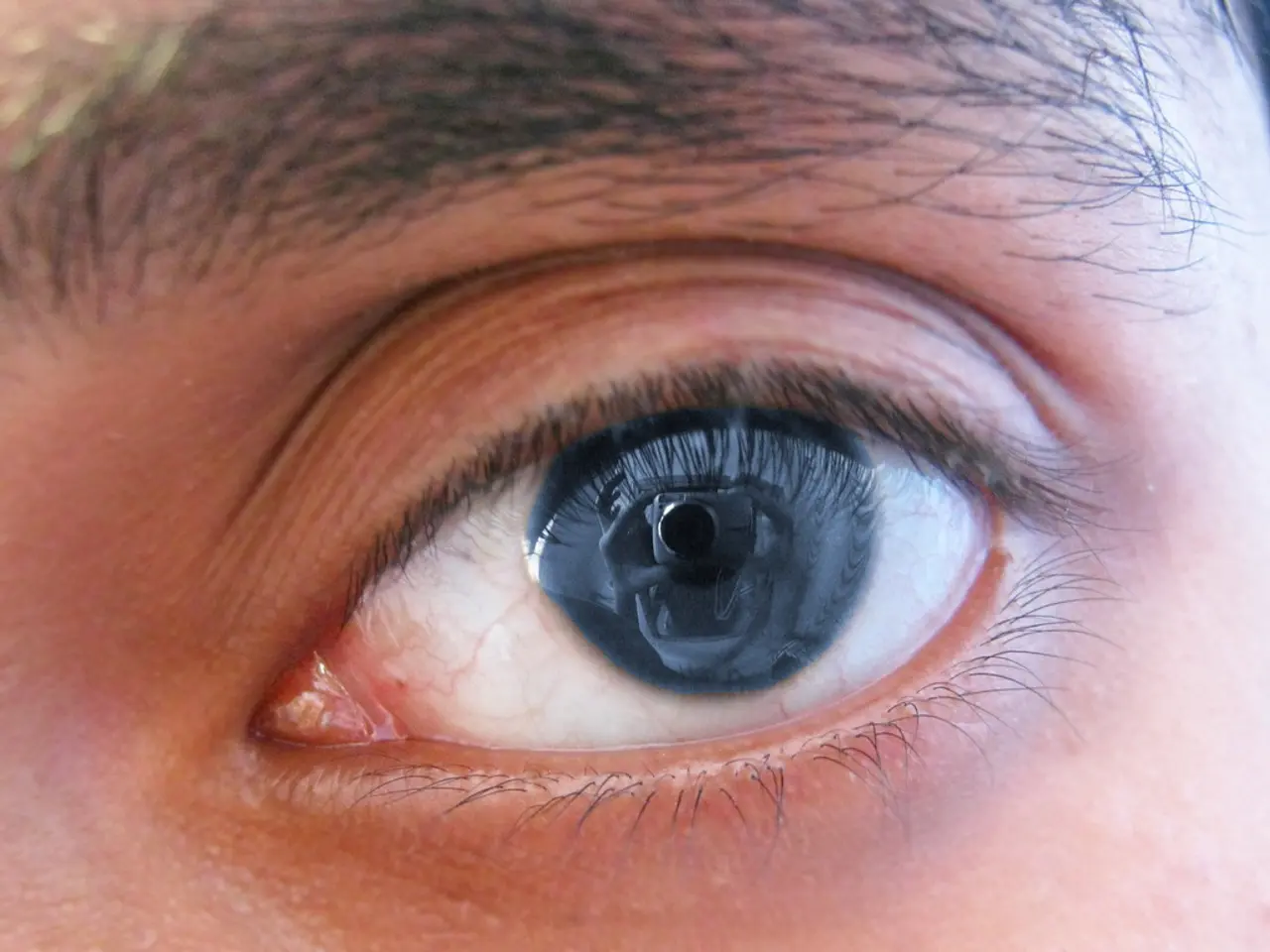Saffron's Role in Macular Degeneration: Dosage, Potential Side Effects, and Applications
Saffron, the spice derived from the Crocus sativus flower, is making waves in the world of eye health due to its potential benefits for age-related macular degeneration (ARMD). While the current evidence supporting saffron supplements for slowing progression and improving vision in ARMD is limited, it is suggestive of potential benefit.
ARMD is a progressive eye disorder primarily involving retinal degeneration, often linked to oxidative stress and inflammation. While no supplement can reverse ARMD damage, antioxidants, vitamins C, E, zinc, and copper show some benefit in reducing progression risk. Saffron, as part of eye supplement formulations (sometimes alongside lutein, zeaxanthin, and other antioxidants), is marketed for long-term retinal support and improved visual comfort, with claims based on its antioxidant properties.
Some research has explored saffron’s role in improving retinal function and sensitivity, possibly protecting retinal cells, which are critical in ARMD. However, these findings are not yet conclusive or robust enough to fully endorse saffron as a standard treatment for ARMD. Experts call for further rigorous studies to confirm saffron’s effect specifically on ARMD.
Zeaxanthin, a carotenoid with similar antioxidant properties to saffron, may also help improve eye health and lower the risk of ARMD. Foods high in zeaxanthin include orange peppers, egg yolk, sweet corn, spinach, oranges and orange juice, lettuce, peas, beans, broccoli.
Several studies have shown that supplementation of saffron over the course of 3 months led to significant improvement in visual acuity for people with ARMD. However, it is important to note that long-term supplementation may increase positive results, but improvements may plateau after the initial period of supplementation.
It is crucial to consult with a healthcare professional before starting any new supplement regimen, including saffron for ARMD. People with certain health conditions, such as bleeding disorders, or people taking medications should check with a doctor before taking any supplements. Side effects of saffron may include nausea, dizziness, and headache, according to a 2019 review on the use of saffron for macular degeneration.
More research is needed to establish the long-term safety and effectiveness of saffron supplements for macular degeneration. The benefits of taking saffron may not continue after the initial period of supplementation, according to some research. Saffron supplements may not be suitable for pregnant people, as higher doses may have abortive effects.
The antioxidant, anti-inflammatory, and neuroprotective properties of saffron may be effective in improving symptoms of ARMD and slowing down disease progression. Saffron may help to regulate genes and increase tissue resilience. It may also help to reduce neuroinflammation, which may relate to degenerative diseases like ARMD.
A 2017 study found that short-term intake of saffron may slow the progression of dry age-related macular degeneration (ARMD) and help improve vision. Higher doses of 200-400 mg saffron may also be safe for 7 days, but one participant experienced atypical bleeding from the uterus. Saffron supplementation appears to be safe for most people over the course of 1 month, with doses of 20-50 mg of saffron or 5-15 mg of crocin per day. A daily dose of 20-50 mg of saffron significantly improved visual acuity over a 3-month period, according to a 2019 review.
In summary, while saffron supplements may offer some promise for ARMD-related retinal health and visual function, current scientific support remains preliminary and not definitive. Consultation with eye care professionals is advised before use.
- Saffron, with its antioxidant properties, is being explored for potential benefits in age-related macular degeneration (ARMD), a progressive eye disorder linked to retinal degeneration.
- While saffron supplements show some promise in reducing the progression risk of ARMD, current evidence is insufficient to fully endorse it as a standard treatment.
- Zeaxanthin, another antioxidant, may help improve eye health and lower the risk of ARMD, found in foods like orange peppers, spinach, and broccoli.
- In some studies, saffron supplementation over three months led to significant improvement in visual acuity for people with ARMD, but long-term effects are yet to be fully established.
- It's crucial to consult a healthcare professional before starting any new supplement regimen, including saffron for ARMD, due to potential side effects like nausea, dizziness, and headache.
- More research is needed to confirm saffron's effect on ARMD specifically and ensure its long-term safety and effectiveness.
- Saffron supplementation may help regulate genes and increase tissue resilience, reducing neuroinflammation that may be related to degenerative diseases like ARMD.
- A 2017 study found that short-term saffron intake may slow down the progression of dry ARMD and improve vision, but high doses may have abortive effects for pregnant people.
- The benefits of taking saffron for ARMD-related retinal health and visual function remain preliminary, emphasizing the need for consultation with eye care professionals before use.




